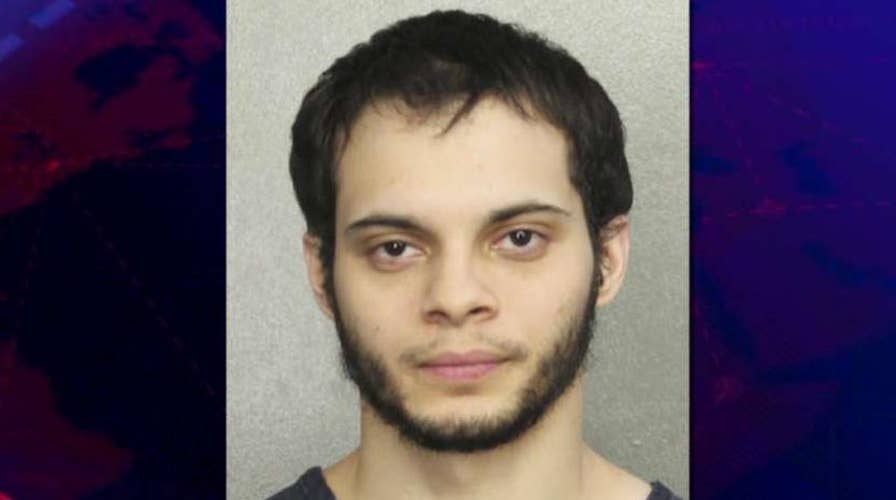President-elect Trump’s pick to head the Department of Veterans Affairs, Dr. David J. Shulkin, is the current undersecretary for health at the VA. Though not a veteran himself, he is an experienced physician and leader. But no experience could prepare him adequately to deal with the vast problem of caring for our vets, especially when it comes to their mental health.
The VA reports that 46 percent of the 1 million troops who left Afghanistan or Iraq from 2002 to 2009 have come to the VA for care, and 48 percent of these men and women have been diagnosed with a mental health problem.
But the real story is that, despite these prodigious numbers, the invisible wounds of war, including post-traumatic stress, remain underdiagnosed, vastly undertreated and shrouded in stigma.
Esteban Santiago, suspected of killing five people and wounding six others in last week’s Ft. Lauderdale airport shootings, is an Army veteran who served in Iraq from April 2010 to February 2011. He was arrested a year ago for allegedly attacking his girlfriend and damaging property. He has said he hears voices. He recently told the FBI in Anchorage that a U.S. intelligence agency had infiltrated his mind and was compelling him to watch ISIS propaganda videos. This erratic behavior may well have been a prodrome for psychotic behavior, which can frequently be exacerbated or brought on by PTSD.
Our war fighters who put their lives on the line to protect our country deserve our compassion and attention when they come home damaged, even if we can’t see their wounds.
A senseless attack like this is a wakeup call for more mental health screenings and for paying more attention to veterans’ invisible wounds. Santiago won 10 medals, including an Army Commendation and Good Conduct Medal, an Iraq Campaign Medal with Campaign Star and a National Defense Service Medal. But that is no reason to believe he couldn’t have been suffering PTSD symptoms such as nightmares, flashbacks, depersonalization or derealization. The fact that he was receiving psychological treatment in Alaska doesn’t automatically mean these problems were being addressed, or that the treatment was successful if they were.
One problem here is that celebrated military service may lead to more clearances and less scrutiny when, in fact, there is a greater need for concern — especially given the degree of personal denial associated with these mental health disorders. Clearly, someone with Santiago’s history should not have been allowed to possess weapons or fly with them in his luggage.
But more than that, the problem appears to be one of proper diagnosis and treatment. “With a genetic susceptibility to psychosis combined with a history of heavy trauma exposure, you are more likely to develop a new onset psychosis that is difficult to treat,” says Dr. Charles Marmar, chairman of psychiatry at NYU Langone Medical Center, director of the Cohen’s Veterans Center and a leading international expert in PTSD.
The problem is enormous. According to the National Institutes of Health, there are more than 600,000 veterans with PTSD. Marmar says the military has done an excellent job in ramping up its screening and treatment programs, but “the problem is so vast that the Department of Defense, VA, as well as private sector solutions are overwhelmed.” He says we need “an effective public-private partnership to address this problem.”
Psychosis is a rare event, a loss of reality testing. But many veterans who never reach this point are still suffering from depression, anxiety or PTSD.
Some will never be themselves again, but many others will be able to achieve “the new normal” if they receive the proper treatment.
An astute, well trained psychiatrist like Marmar can help, and research is underway to develop more sensitive diagnostic tests, including neuro-imaging and biomarkers.
More than anything else, our war fighters who put their lives on the line to protect our country deserve our compassion and attention when they come home damaged, even if we can’t see their wounds.
The Ft. Lauderdale shootings may not be a predictor of others, but they are a warning about a problem that is bubbling over.

